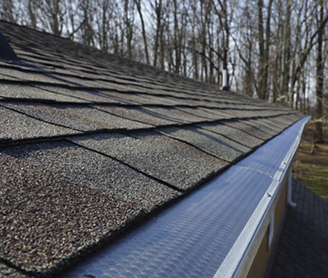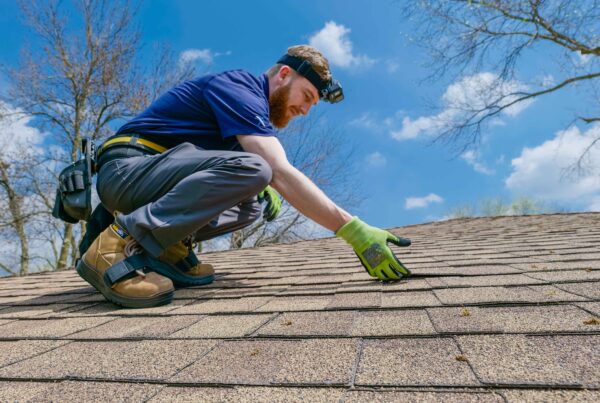Your roof plays a very important role in maintaining the overall integrity of your home. Acting as a barrier and protecting you from many weather related elements, your roof also provides insulation, retaining heat in the winter and cold air in the summer. But, just like everything else in the world, a roof doesn’t last forever.
A typical roof with asphalt shingles will last anywhere from 15 to 20 years if it has been properly installed, ventilated, and maintained. Roof inspections should be done periodically and high quality materials should always be used, in both construction and repairs.
So, when is the best time to replace your roof? Typically, most homeowners are not even aware their roof has any damage until it has become a major issue. Regular roofing inspections are so important, as they can help prevent smaller issues from turning into something much worse. These inspections will help you plan ahead when it is time for a roof replacement and allows you to shop around for the best quality materials, set your budget accordingly, and eliminate having to make a rash decision out of necessity. So, if you’re at the point of needing a new roof, you might want to think about putting a roof replacement plan together.
In terms of what time of year is the best time to replace your roof, we say — in a perfect Minnesota world — April through October. However, Exteriors By Highmark work on roofing projects all year because emergencies often happen.
Why do we say April through October? Traditional asphalt shingles need to undergo a thermal sealing process. In Minnesota, temperatures and the angle of the sun during these months make this process happen much quicker. There is always a possibility shingles can become brittle and break in colder temperatures, so warmer temps are always safer bet to ensure installation goes smoothly.
Can you replace a roof in the winter? Absolutely, but we prefer not to replace roofs in temperatures below 40 degrees Fahrenheit. As mentioned above, the asphalt shingles need to go through a thermal sealing process, and colder weather tend to make this process much longer. We are aware that working in temps below 40 degrees is sometimes unavoidable. Most shingle manufacturers call for a specialized adhesive to be applied to each shingle in temps below 40, which is something we certainly abide by.
You should be inspecting your home at least once a year to see if any issues are arising. If you notice missing or damaged shingles, mold or mildew growing, or you’ve noticed spots on your walls or ceiling inside your home, you could have damage to your roof. Check out our “Commons Signs of a Bad Roof” article for more information on spotting problems.
Got more questions? Call us at 952-641-6086. We’d love to help!








